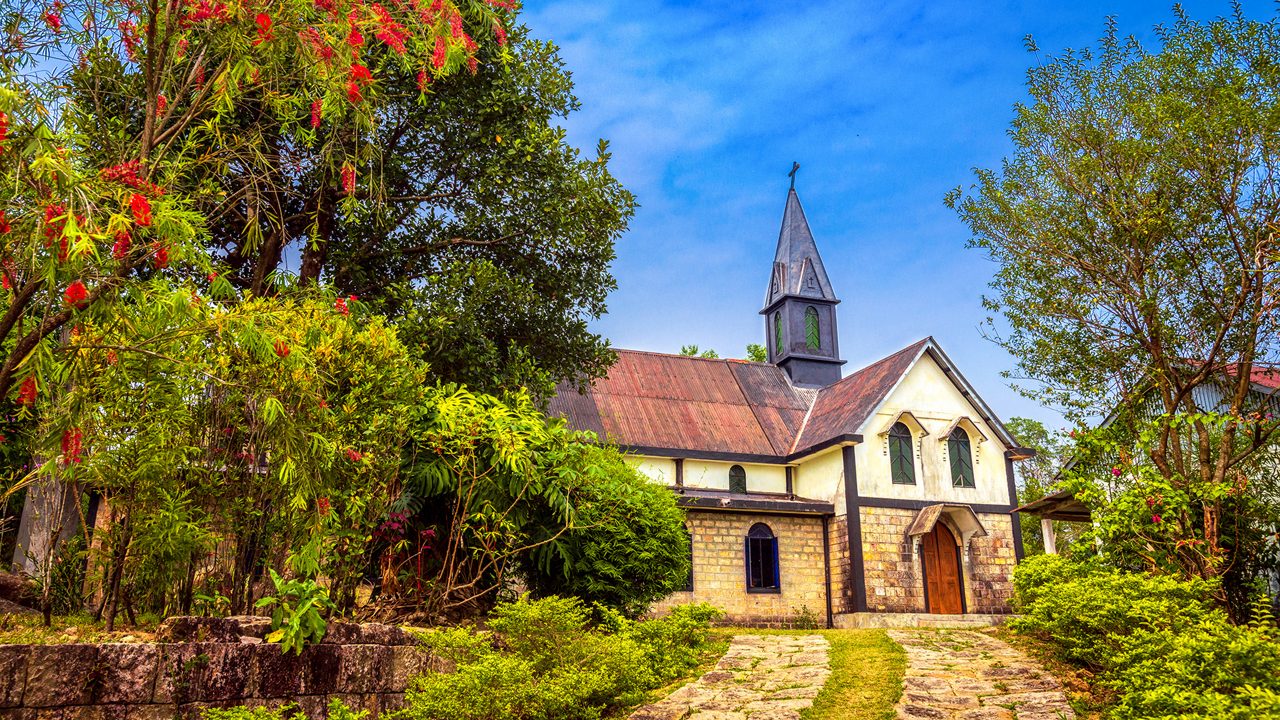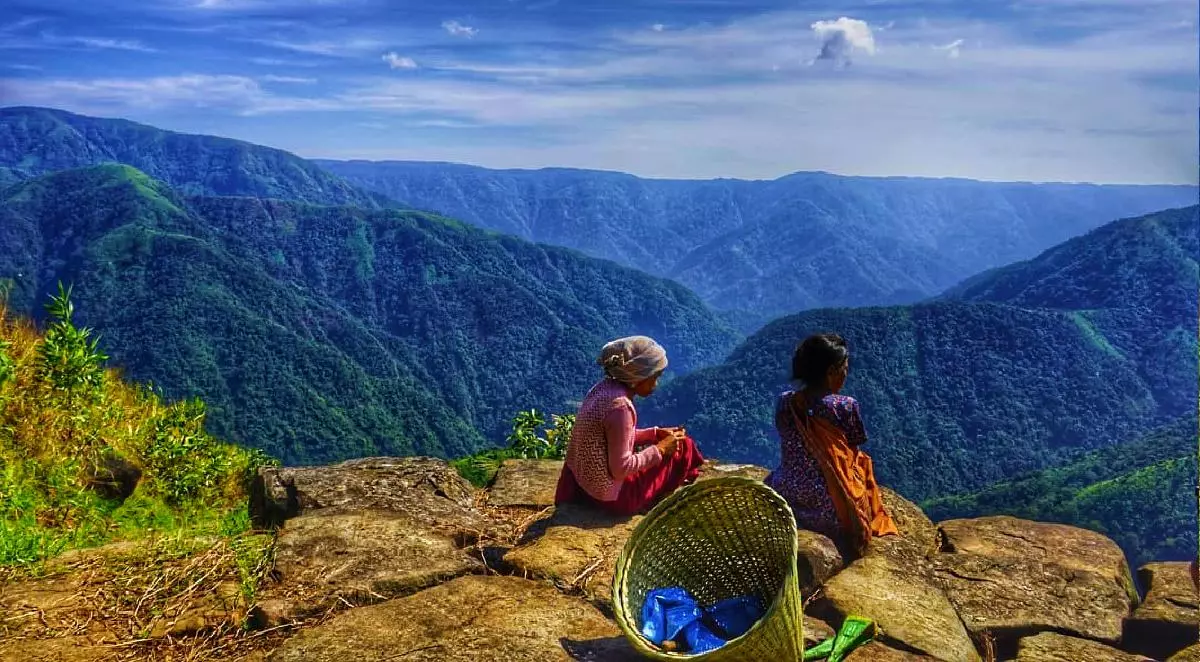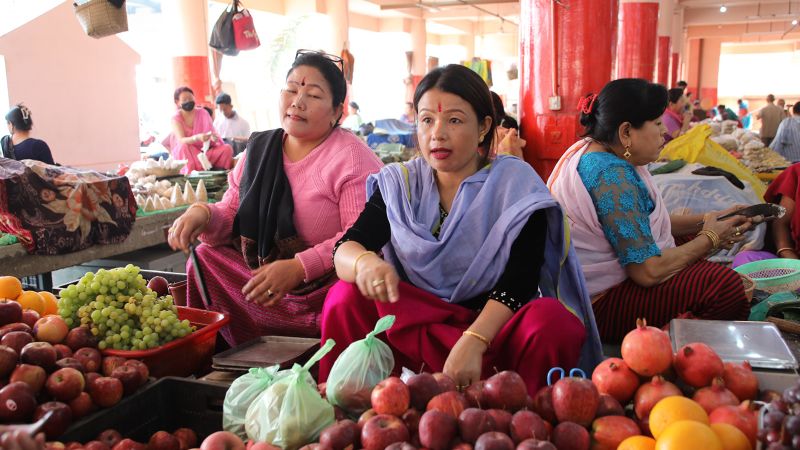Now Reading: Mawlynnong: The Meghalaya Village That Redefined Clean Living
-
01
Mawlynnong: The Meghalaya Village That Redefined Clean Living
Mawlynnong: The Meghalaya Village That Redefined Clean Living

In a country where waste management remains a major urban challenge, a small village in Meghalaya has quietly set the gold standard for cleanliness. Mawlynnong, located in the East Khasi Hills district, is often referred to as Asia’s cleanest village—and not just for show. The title isn’t a tourism gimmick; it’s a way of life for the people who live there.
A village led by example
Mawlynnong has a population of just over 500, yet its reputation stretches far beyond Meghalaya. What makes it stand out isn’t just spotless roads or dustbin-lined lanes—it’s the mindset of the residents. Cleanliness isn’t a campaign here. It’s taught from childhood, practiced every day, and enforced by social responsibility rather than law.
Each household is responsible for keeping its surroundings clean. Bamboo dustbins are placed across the village, and waste is carefully sorted. Organic waste goes into compost pits; the rest is managed without harming the environment.
Community effort, not government directive
What sets Mawlynnong apart is that this discipline came not from external authorities, but from within. Decades ago, local elders and village heads began emphasizing hygiene as a way to maintain both dignity and health. Over time, it became embedded in the local culture.
People sweep not only their own courtyards but also public spaces. Smoking and plastic use are discouraged. Tourists are expected to follow the same rules as locals. And interestingly, the majority of leadership roles in the community are held by women—reflecting the Khasi matrilineal system, which plays a key role in shaping the village’s social norms.
Why this matters to the rest of India
For Tier 2 cities struggling with sanitation issues, Mawlynnong presents a realistic, grassroots model. It shows that change doesn’t always need massive funds or outside intervention. What it needs is consistent community involvement, practical rules, and a collective sense of pride.
Local leaders in towns across Madhya Pradesh, Chhattisgarh, Odisha, and Northeast India have started looking toward villages like Mawlynnong to understand how rural areas can lead the way in sustainable living.
Beyond the clean image
Mawlynnong’s charm also lies in its simplicity. Bamboo walkways, flowering gardens, and an eco-conscious lifestyle have made it popular with tourists—but the villagers are cautious. Tourism is welcomed, but not at the cost of their values. There are rules to follow, and visitors are expected to respect the space.
Despite increasing footfall, the village hasn’t turned into a commercial hub. There are no resorts or flashy cafes. What remains is the same quiet commitment to cleanliness, sustainability, and respect for nature.
Final thought
Mawlynnong’s story isn’t about being the cleanest village in Asia. It’s about how consistent community habits, local leadership, and everyday discipline can shape a place for the better. For a country as diverse and populous as India, the lesson is simple—change doesn’t have to start big. Sometimes, it just starts with a broom in one hand and pride in the other.

























